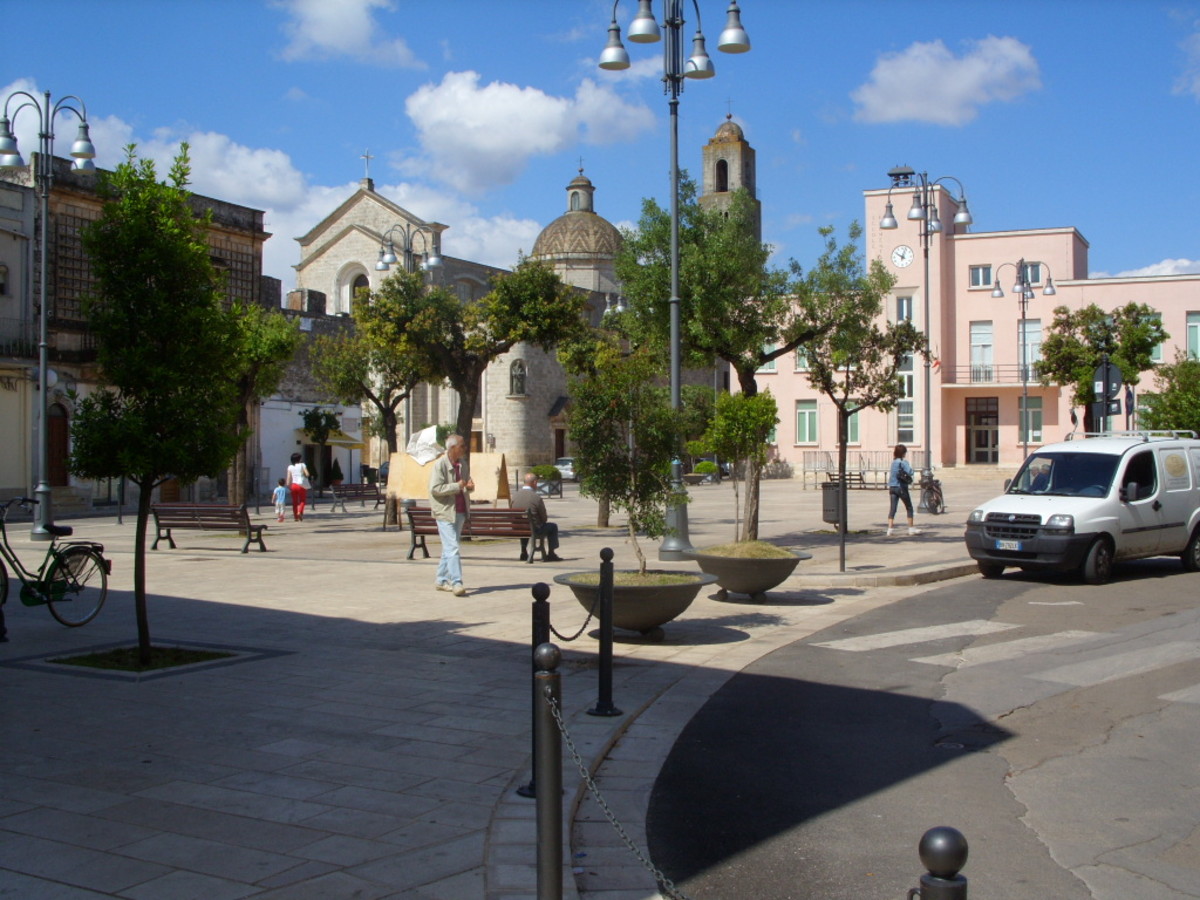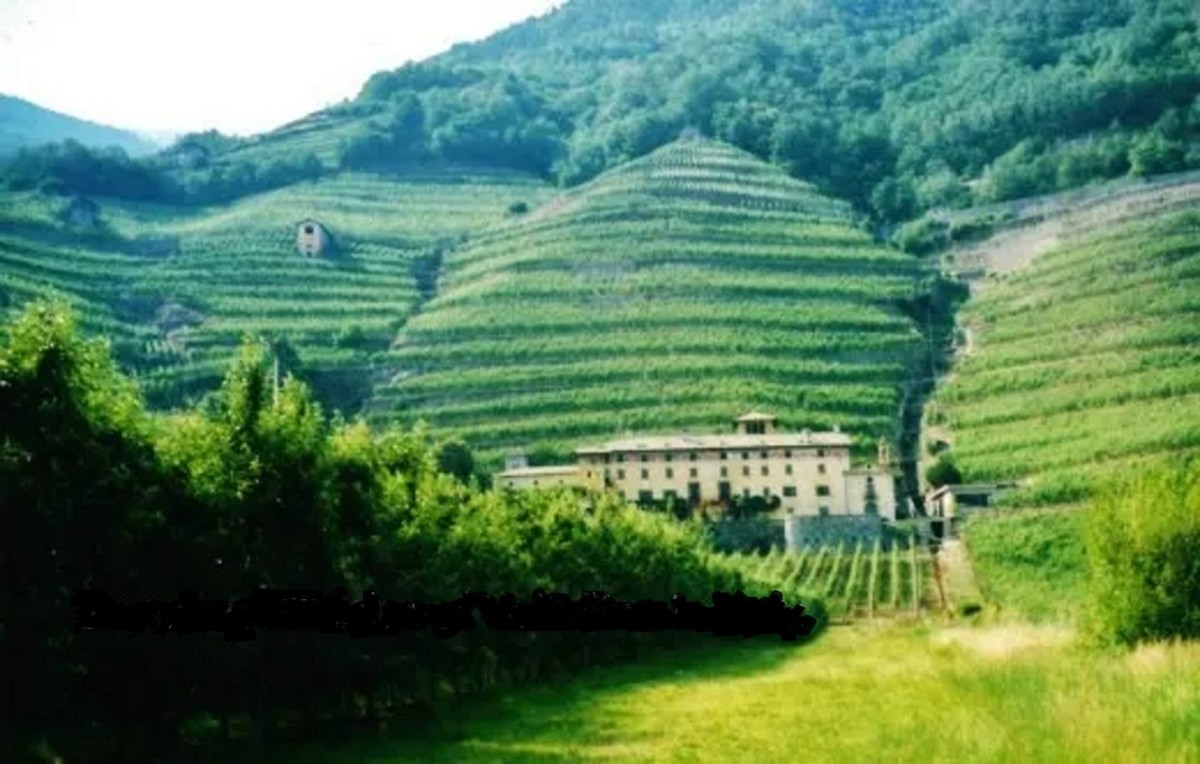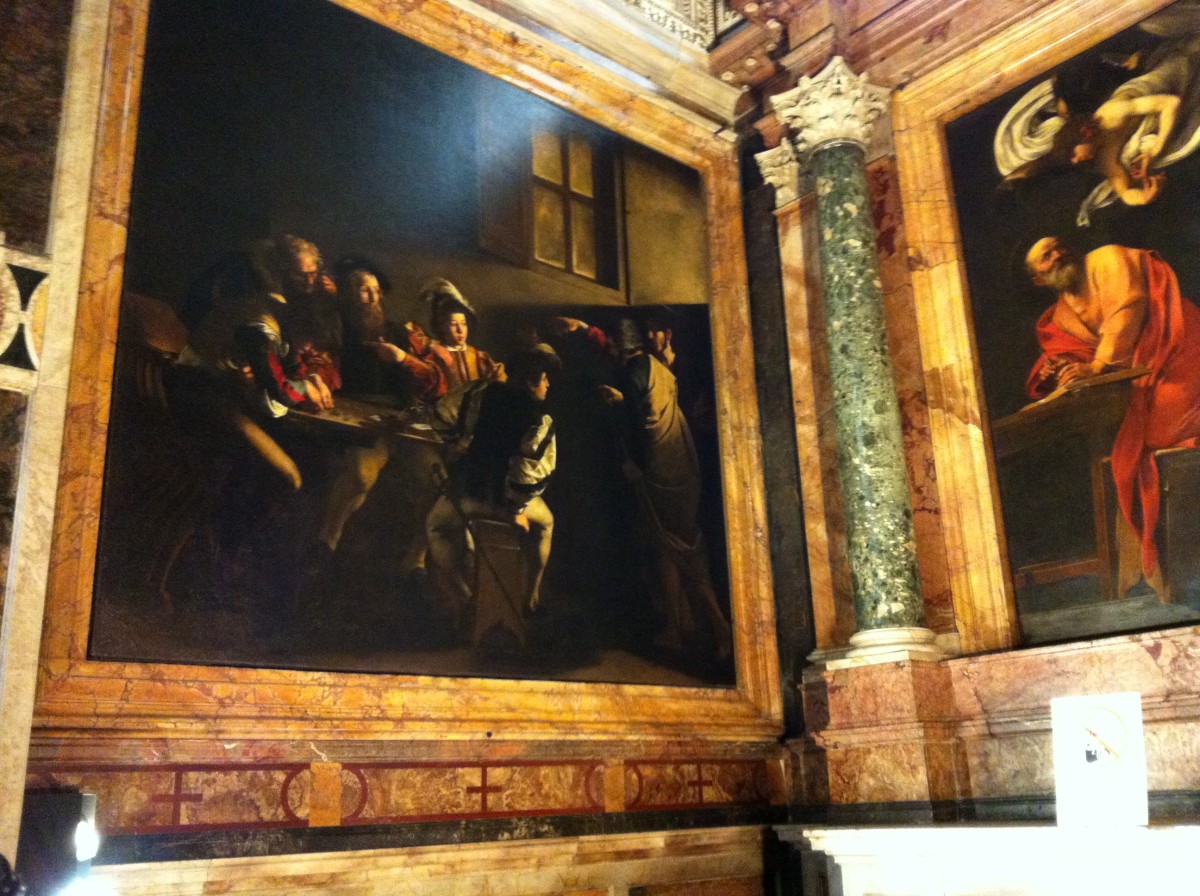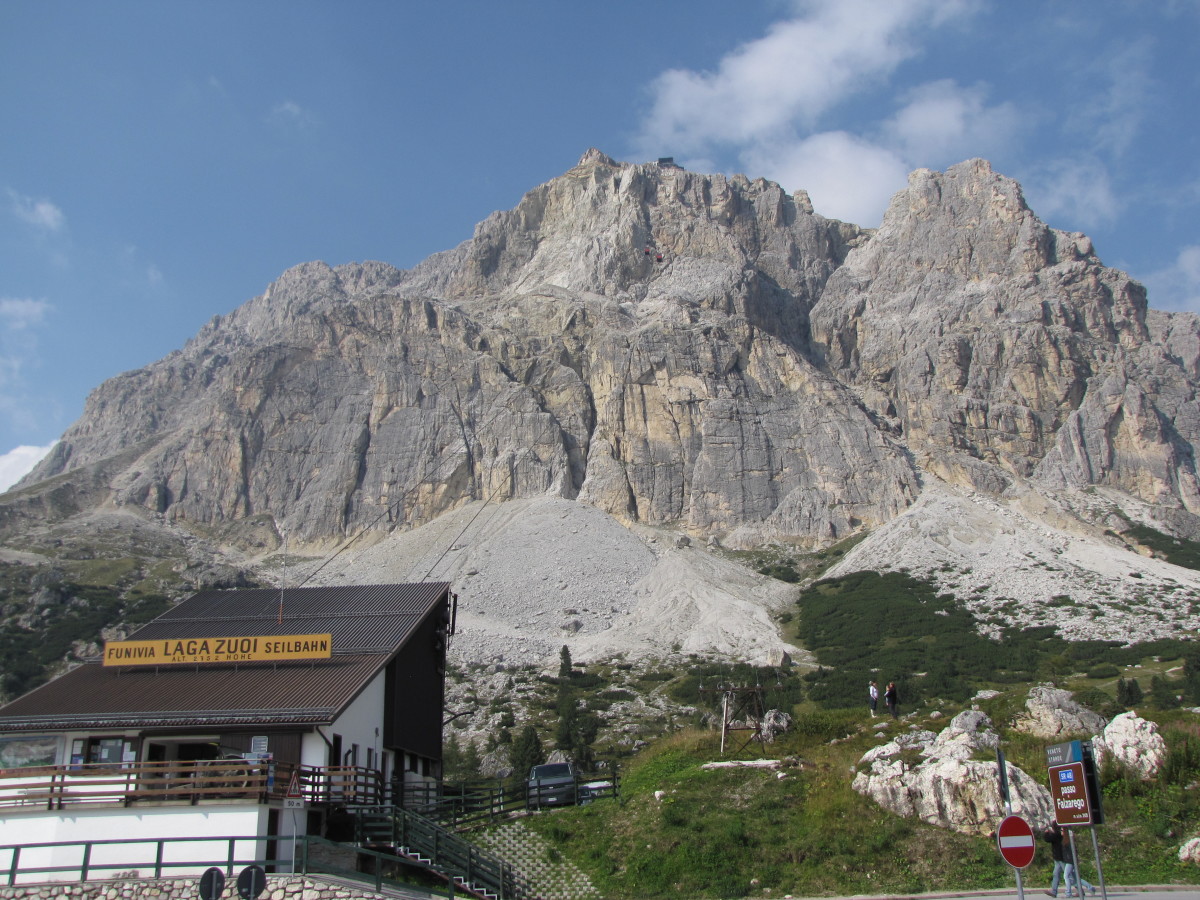Visit Northern-Italy Travelling Along the River Po


A River that Is the Hearth of Northern Italy
The River Po, with its 652 KM of length, can not be compared to the long rivers of Northern Europe, but for the inhabitants of its banks it is the Great River, the longest and the most important in Italy. It originates from the slopes of the Monviso at an altitude of 2022 M at the border with France and terminates its course into the Adriatic Sea, after crossing, west to east, the whole Northern Italy. About 20,000,000 Millions people live in the wide plain that it forms, the Pianura Padana, the most populated, cultivated and industrialized area in Italy, which takes the name from the Latin denomination of the river (Padus).
In its course, the river flows through four of the most important regions in Italy (Piedmont, Lombardy, Emilia and Veneto) and washes 183 municipalities. Among them, there are an important cities such as Turin, the former capital of Italy at the foot of the Alps, captivating cities such as Piacenza, Cremona and Ferrara, and again villages rich in history and ready to show the visitors their gastronomic traditions and their ancient beauties. Other cities and interesting sites are at a very short distance (Mantua, for example, Busseto and the Verdi’s lands, Sabbioneta founded by the Gonzaga in the XVI century, but we could do here a very long list). Milan can be reached in about 40 minutes from Piacenza, Venice, lying a few km on the north of the wide estuary of the river, the large marshy Delta formed by its five final branches, now protected by UNESCO as a World Heritage, is the final destination of every cruise on the river’s waters.
A travel along this great river, the only truly navigable in Italy, is probably the best way to know the several different aspects of the civilisations which have cohabited for centuries in Northern Italy and the different aspects of a landscape which, despite the long kilometres of plain, is never monotonous. Along the banks of the river, the nature (the typical large beaches of sand, the poplar, an incredibly rich avifauna) coexists, not always so easily, with an intensive industrial and agricultural activity.

The "Padania" as an Autonomous Region
The Pianura Padana has never been an autonomous region, having being divided into different states, with different cultures and different organizations, until the Unification of the Kingdom in 1861. Despite of this, the federalist party Lega Nord has identified this area, that they call Padania, as an unique territory inhabited by an ideal Northern people for whom they claim the autonomy and sometimes even the secession from the rest of Italy, though this is not an explicit point of the Lega’s program nowadays.

The project of a 600 KM bicycle trail
A group of professors of the Milan Polytechnic proposed a project in 2012 to realize a complete bicycle route, from Turin to Venice, connecting and adapting all the existing stretches on the banks of the river. They argued, with good reasons, that this not expensive project would have greatly benefited the tourism of the area and would have fostered the development of reception facilities such as hostels and bed and breakfasts along the whole trek. They promoted the project with a bike tour along the whole course of the river, using the road where a bicycle route was not available. The tour is now becoming a film.
By Bicycle, by Car, by Boat but…Do Not Miss to Walk on the Banks
There are a few doubts that the ideal mean to travel along the Po is the bicycle. From the high embankments it is possible to enjoy a relationship with the whole river that the lower road cannot offer. Many stretches of the banks are bicycle paths, but unfortunately a complete bicycle route along the whole course of the river does not exist yet. However, a project to realize it has been presented by a group of professors of the MilanUniversity (see the side box).
By car, the course of the river, which, obviously, is not straight but quite winding, can be followed using the local roads, which run at a variable distance from the banks. Of course, you can not miss to leave the car sometimes and go walking on the embankments, to embrace with eyes the slow majestic flow of the water.
The most romantic way to go through the river is maybe by boat. Many cruises which arrive up to Venice leave from Cremona, because a dam built between Piacenza and Cremona prevents the navigation of the whole course. They offer dinner and overnight onboard (only in spring and summer). Houseboats and pontoons are also available for rental.
An alternative, terrestrial but equally romantic way, is to go riding. A long horse trail allows to ride along the whole course, from the source of the river at Pian del Re, to the Delta, passing across the paths, the parks and the floodplains. Many paths can be covered also on foot or by bicycle. The trail is served by accommodation facilities and shelters for the horses


From the Source to Turin and Casale Monferrato
The River Po enters the town of Turin after a travel of about 100 KM from the source, enriched by the tribute of the several streams which inflow from the Monviso. Turin is one of the few cities really crossed by the river, which after leaving the Piedmont territory becomes too large (with a water flow which grows from 500 up to 1,500 cubic meters per second) to be contained inside the walls of the narrow historical centres. Turin, the city of FIAT (the company was founded by Giovanni Agnelli senior in 1899), is one of the biggest towns in Italy (nearly 900,000 inhabitants), characterized by an architecture which may recall Paris, with wide tree-lined avenues that seem to finish into the mountains rising on the background. Turin was the first capital of Italy after the unification (the capital was transferred to Rome in 1865). Other than for FIAT and the soccer club Juventus, it is well known for the beautiful ancient cafes, the stalls of antiques books in via Po and the kilometres of arcades which allow going around in the centre without umbrella even when it rains. The Po marks the division between the eastern hilly part of the city and the western flat part. A wide green area (the Park of Valentino), much frequented and loved by the inhabitants, crowded by rowing clubs, lies on the banks of the river.
From Turin, the road N. 32 skirts the left bank of the river, crossing the rice fields of the Vercelli’s territory. The right bank licks the hills of Monferrato, known for the fine red wines (Barbera, Dolcetto, Freisa) and the sweet Moscato. Casale Monferrato (about 35,000 inhabitants), an ancient city of Roman origin with an illustrious history (it was a powerful citadel under the Gonzaga in XVII century), is the capital of the area. Here the Po marks the border between Piedmont and Lombardy for several kilometres, then finally it enters the territory of Lombardy, pushed by one of its important tributaries, the River Tanaro, that descends from the Langhe hills, the zone of the most precious Piedmont wines (Barolo, Barbaresco, Nebbiolo).


Birds and Fish of the Po
Along the hundreds KM of its course, the River Po gives hospitality to a great variety of birds, regular inhabitants of its banks or just migratory, which find here a sheltered environment rich in food. Ducks, mallards, herons, gulls, waders are easily observable from the embankments or walking in the floodplains. The waters of the river are now dominated by imported species such as the Luccioperca and the Siluro, which in this habitat can reach over 2 metres of length. These predators have overwhelmed the native species (the trout, the goby…). In the Delta it is practiced the fishing of Anguilla.
Piacenza, Cremona and the Verdi’s and Ham's land
In Lombardy, the Po receives its largest tributary for water flow, the River Ticino, a few KM in the south of the city of Pavia, ancient capital of the Lombard Kingdom, site of one the most ancient universities and rich of an important art heritage (the covered bridge on the River Ticino, among the other). Now the Po is a powerful river with a water flow of 900 cubic metres for second. It laps the city of Piacenza and then provides a majestic basin of water nearby the village of San Nazzaro. A little further, after the dam of the power plant, a bridge connects the bank to the River’s largest island (Serafini), at the confluence with the River Adda, the other big Lombard tributary of Po. From Piacenza to Cremona the Road N. 10 (Padana Inferiore) follows the course of the river, that here marks the border between Emilia and Lombardy. To better enjoy the scenery, you should take a deviation towards Roncarolo (before the village of Caorso) or the village of San Nazzaro (a couple of KM after Caorso): the embankments are viable by car for a few kilometres. From Piacenza, Milano can be reached in 40 minutes by the motorway (you can leave the car in the parking area of San Donato and then take the underground to the centre). An alternative, “slower” way to Milano, it is crossing the Po in San Nazzaro and then going towards Lodi through the villages (Castelnuovo, Meleti, Castiglione) of the River Adda’s Park. From Lodi, Milano can be reached by the motorway or the State Road N. 9 (Via Emilia).
Cremona is a quiet city of about 70,000 inhabitants lying on an agricultural territory. It is known in the world for the lute production, which dates back to Stradivari (XVII century). The specialty of the town is the nougat, that they produce in the soft and the hard version. The central square with the Duomo and the baptistery is remarkable and deserves a visit. The bell tower (Torrazzo) offers a superb view on the city and the surrounding country-side.
We are on the left bank of the river, in the territories north of the Po, which belong to the Lombardy. The local road N. 85 goes through a long series of cultivated fields, then, after the small village of San Daniele Po, it crosses the road n. 33 that takes us back to the right bank, in the Emilia’s territory. We are in a land renown for its food specialities. The hamlet of Zibello is famous for the production of a fine ham (“culatello”) which gives wide and sweet slices. A little further south, the tiny Roncole Verdi, nearby Busseto, is the birthplace of Giuseppe Verdi. In Busseto (7,000 inhabitants) every corner of the city recalls Verdi and his music. The old inns in the square and under the arcades provide local wines and salami.

Mantua and the Gonzaga’s Land
From Zibello we can continue on the right bank up to the village of Colorno, home to a awesome palace with wonderful gardens, which was inhabited by the Napoleon’s wife, Maria Luigia. The state road 343 crosses the Po and takes us again into Lombardy, where first Casalmaggiore and then Sabbioneta, the small Athens of the Gonzaga, welcome us. Sabbioneta was in fact founded by Vespasiano Gonzaga, the Duke of Mantua, in the late XVI century, to be an “ideal city”, according to the Renaissance canons, where the Duke used to relax and lead his private life.
From Sabbioneta a grid of secondary roads allow us to follow the left bank of the Po up to the confluence with the river Mincio. The state road 420, instead, leads us straight to the city of Mantua, splendid centre of the Italian Renaissance, declared World Heritage in 2008 with its “satellite” Sabbioneta. The city is surrounded by three artificial lakes, obtained for a defensive purpose from the bend of the river Mincio, which gives it the look of a city magically suspended on the water. In Mantua, you can visit the palaces of the Gonzaga, with the Mantegna’s frescoes, and also taste the pumpkin “tortelli” (ravioli of pasta filled with pumpkin, butter, cheese and macaroons).
After receiving the river Mincio, the Po has the respectable water flow of 1,500 cubic metres per second. After Ostiglia, the river marks the border between Veneto and Lombardy (the left bank is in Veneto, while the right one is in Lombardy). On the both banks, the road fits well with the course.


Are You a Careful Reader?
view quiz statisticsFerrara and the Delta
In Stellata di Bondeno, a strategic site on the right bank, at the border of three Regions (Veneto, Lombardy and Emilia) departs the longest bicycle path in Italy: 123 KM upon the right embankment of the Po, which allow to follow the flow of the river up to Mesole and Gorino, at its southernmost mouth. A branch of the river, the Po di Volano, detaches from the main course in Stellata and crosses the town of Ferrara, another remarkable site of the Renaissance in Northern Italy, famous for the powerful castle built by the Este family, who owned the town in the XIII – XVI centuries.
In the territory between Ferrara (south) and Rovigo (north), known as the Polesine, the Great River terminates its unitary run and gives origin to five separated branches (Po di Maestra, Po della Pila, Po delle Tolle, Po di Gnocca and Po di Goro, the sixth is the Po di Volano, which is now reduced to a channel) that form a wide estuary delta. This large area (380 Squared KM), included in a Park with several protected zones, has a relevant interest because of the nature and the landscape it encloses. It may be travelled by car, and the low and wide horizons give a good idea of this peculiar landscape. However, the most secluded aspects can only be caught going on foot or by bicycle. Or by boat. It is important to not be in a hurry. We are at end of our travel, we can spend at least a couple of days to go around in this fascinating environment between land, marsh and sea. The Mesola Wood, the San Vitale Pinewood, the Comacchio Valleys, the Saline of Cervia are all points of interests not to be missed (more info about the Park, the itineraries and the points of interest: http://www.parks.it/parco.delta.po.er/index.php). The whole area is dotted with stations for bird watching. But amidst this natural kingdom we may also find another gem of the Renaissance in Emilia: the castle of Mesola, a beautiful hunting lodge of the Este (in the fortified style loved by the family), dating back to XVI century. The abbey of Pomposa, nearby Codigoro, with its bell tower of 48 M soaring in the plain, dates back to IX Century and is one of the most important in Northern Italy.








